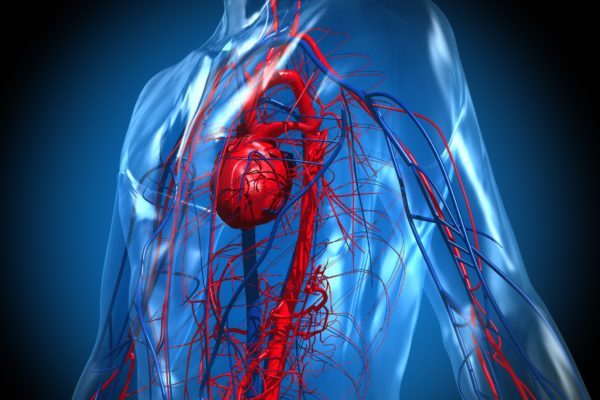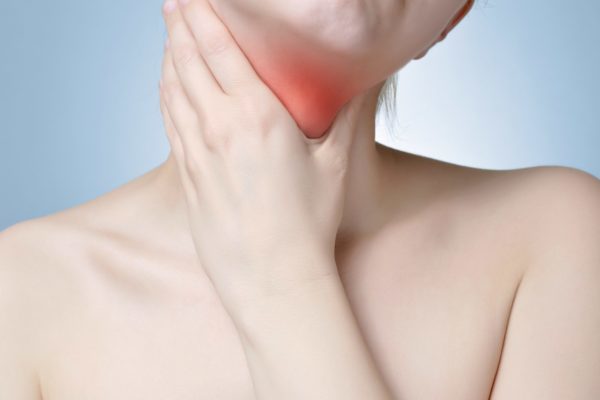
Mastocytose Vereniging Nederland (Nederlands)
Mastocytosis is a rare and often a chronic disease of the mast cells. These mast cells are white blood cells that are involved in allergic reactions and play an important role in the immune system. They are mainly present in the bone marrow, blood vessels of the skin, lymph nodes, liver, spleen, respiratory tract and gastrointestinal tract. When a patient comes into contact with an allergen, for example pollen or house dust mite, mast cells release signal molecules that leads to the allergic response, the most important of which, is the signal molecule histamine. The release of histamine may cause itching, swelling of the skin or sneezing.
In patients with mastocytosis there is an increase in the amount of mast cells. In addition, these cells release signal molecules without the presence of an allergen, resulting in an allergic reaction. Sometimes this happens spontaneously, in some cases it is provoked by certain factors. It is difficult to determine these factors because the blood of the patients does not contain antibodies against the possible triggers.
There are two types of mastocytosis:
Systemic mastocytosis can be further divided into:
Each year, 10-20 patients receive a diagnosis of mastocytosis. Because this is a rare condition, the patients with mastocytosis often receive an alternative, wrong diagnosis prior to the diagnosis mastocytosis. Currently, there are approximately 750-1,000 patients with some type of mastocytosis that are undergoing treatment for the disease. This amount may be larger because a large proportion of the patients are known only to dermatologists.
Because most of the symptoms that are presented by patients with mastocytosis also occur as a result of other diseases, patients often receive the wrong diagnosis. The symptoms of mastocytosis are a result of the following pathological features:
The above causes may result in the following symptoms:
Research suggests that mastocytosis is partially caused by a mutation in a protein called KIT, found on the mast cell surface. In a normal setting, after contact with a mast cell growth factor, this protein passes signals from the outside to the inside of the cell. These signals ensure that the cell starts to secrete substances or increases in size. In mastocytosis, the mutation of the KIT protein results in an increased signalling without the presence of a growth factor. As a result, the mast cells spontaneously secrete substances or begin to divide uncontrollably.
The diagnosis of mastocytosis is based on examination of bone marrow and /or pieces of tissue (biopsy) from the affected organ. If there are skin abnormalities shown, a skin biopsy may be taken. The following examinations can be performed:
Mastocytosis has a chronic course and is currently incurable. However, cutaneous mastocytosis is a relatively benign condition in which no treatment is required. In children with cutaneous mastocytosis, the condition often disappears before or during puberty. However, the severity of systemic mastocytosis is very different and therefore the prognosis varies from months to years, depending on the type of mastocytosis.
Treatment of mastocytosis is curative or aimed at alleviating the symptoms. Most of the medications are directed to reduce the activity of the mast cells or assimilate the excreted substances. Treatments may include:
Preventive measures consist of avoiding the triggers of mastocytosis. For example, certain drugs such as aspirin, NSAIDs, codeine, opiates, polymyxin B, intravenous X-ray contrast agents and MRI contrast agents may cause seizures, requiring specific measures for certain procedures such as anaesthesia. It is also recommended to reduce the intake of alcohol.







Notifications